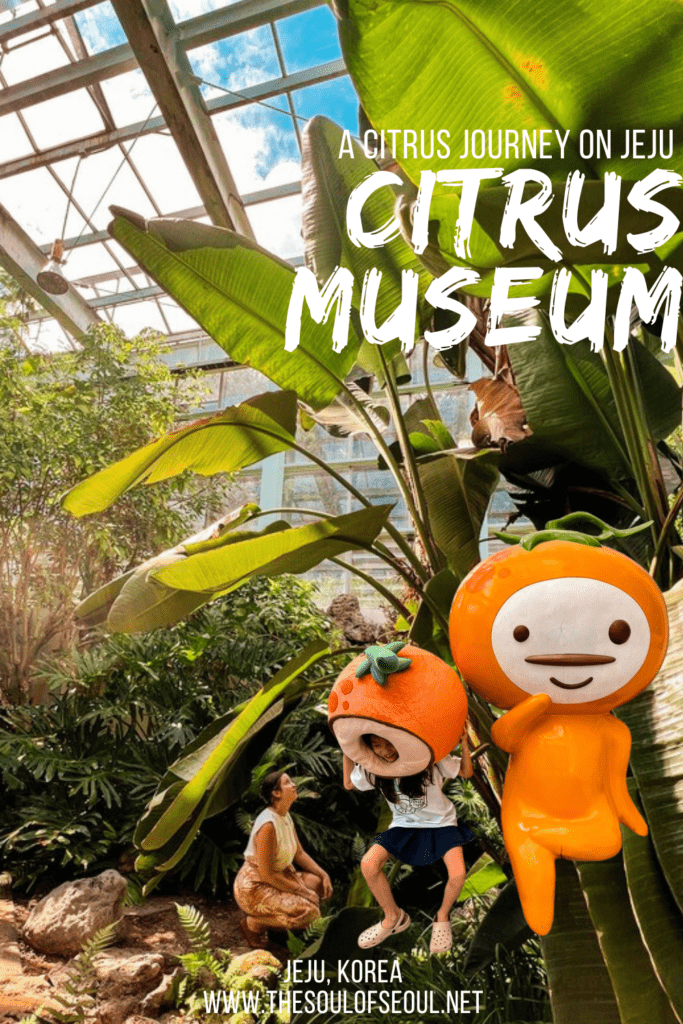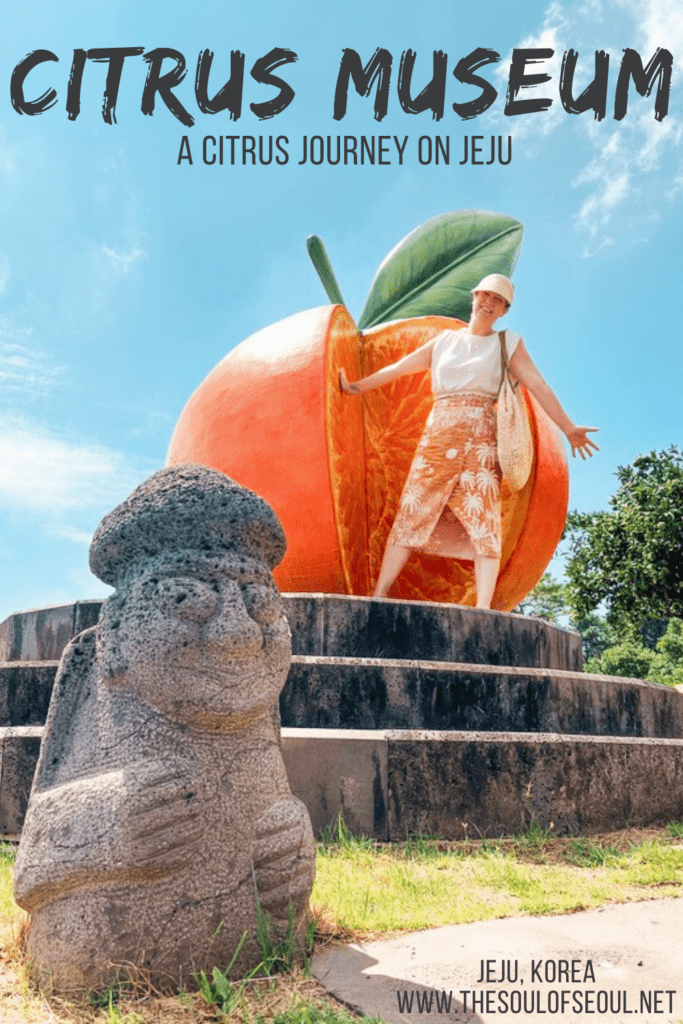Jeju Citrus Museum: Where To Begin Your Jeju Hallabang Journey
Last Updated on September 22, 2024
If you’re searching for things to do with kids in Jeju, the Jeju Citrus Museum (감귤박물관) is a great place to start to add an educational perspective on any citrus adventure to come. It offers a fascinating dive into the history and culture of Jeju’s citrus, with plenty to learn about the different varieties grown on the island. Plus, if you’re curious about picking oranges in Jeju, this is the perfect spot to get an introduction before heading out to the orchards!
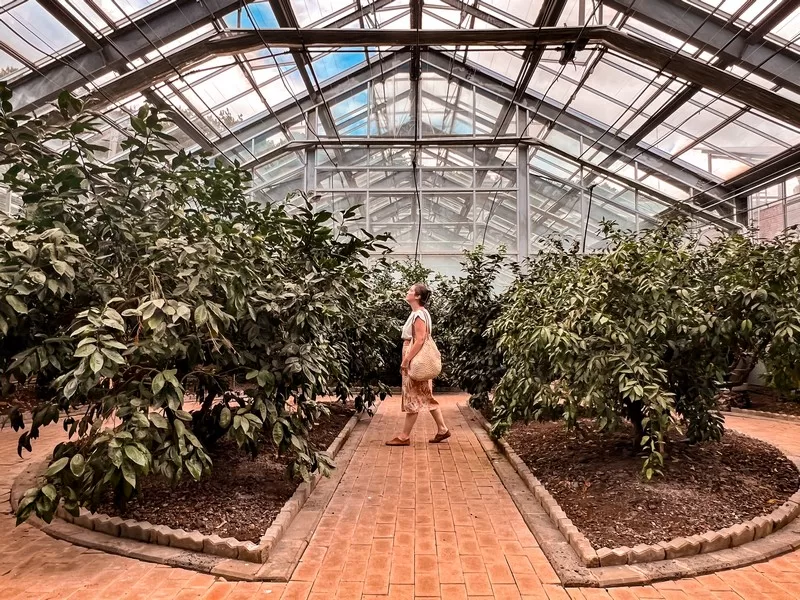
Any good citrus adventure on Jeju Island should start with some history and culture and you can get both at the Jeju Citrus Museum:
- Basic Info
- Tracing Citrus History On Jeju
- From History To How Citrus Is Utilized Today
- Fun Info We Learned At The Jeju Citrus Museum
- Citrus Specialty Cafe
- Exhibiting A World Of Citrus
- The Tangerine Experience Center
- Tropical Botanical Garden
(This post contains affiliate links, which means I receive a certain percentage of a sale if you purchase after clicking at no cost to you. Thank you for your support.)
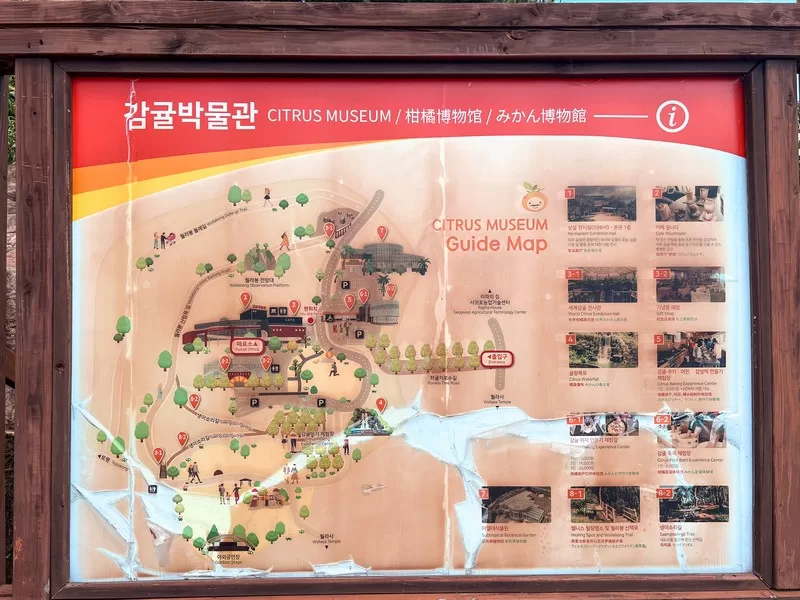
Basic Info
Address: 441 Hyodonsunhwan-ro, Seogwipo-si, Jeju-do (제주특별자치도 서귀포시 효돈순환로 441)
Hours: Every day: 9:00am ~ 6:00pm (Closed on January 1, Lunar New Year, and Chuseok)
Admission: Free*
- The museum and botanical garden are free, but there are separate fees for various citrus experience programs.
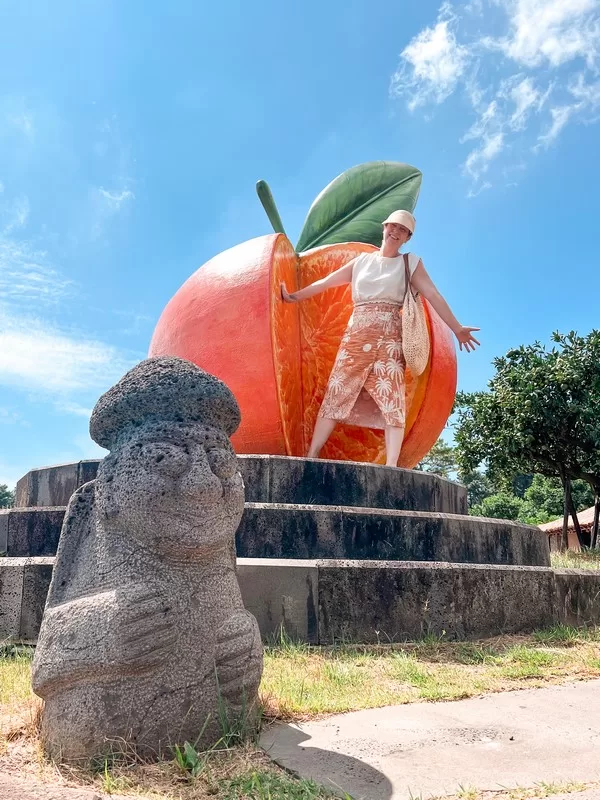
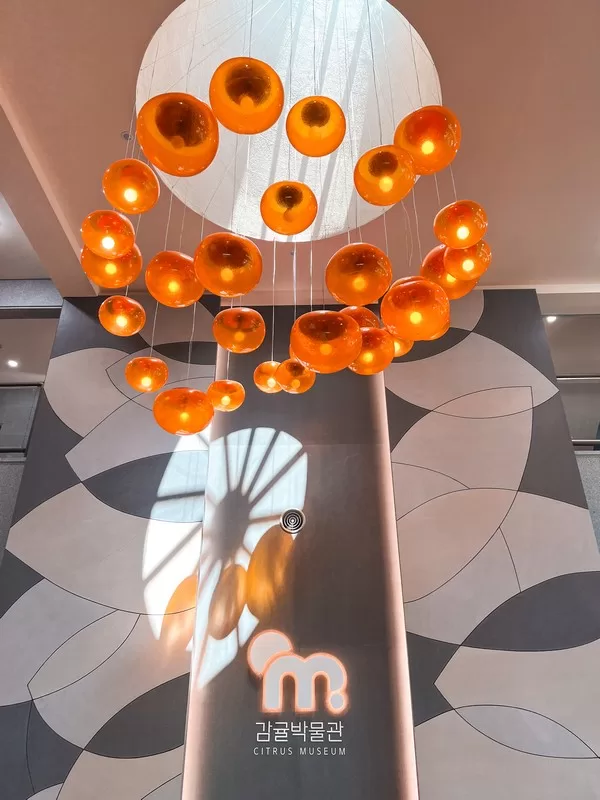
Tracing Citrus History On Jeju
Did you know that citrus fruits are cultivated in over 100 countries with more than 1,000 varieties? In the first halls of the Jeju Citrus Museum, you can explore this global phenomenon while uncovering the rich history of Jeju’s own citrus legacy.
The museum’s first halls feature permanent exhibitions that take you through the fascinating journey of citrus—from its global origins to its role in shaping Jeju’s modern citrus industry. If you like connecting the now of Korea to the past of Korea, you’ll want to spend time here. There are some great tidbits about history, culture, and citrus in Korean art.
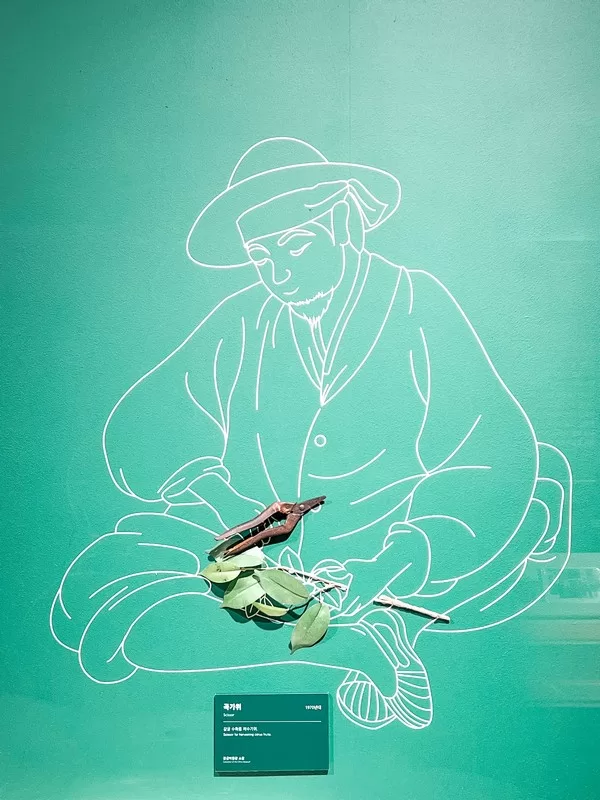
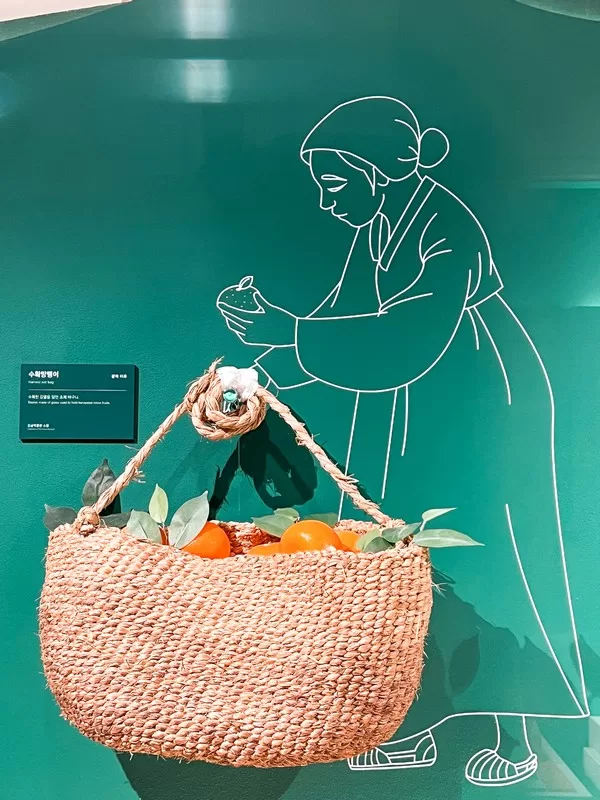
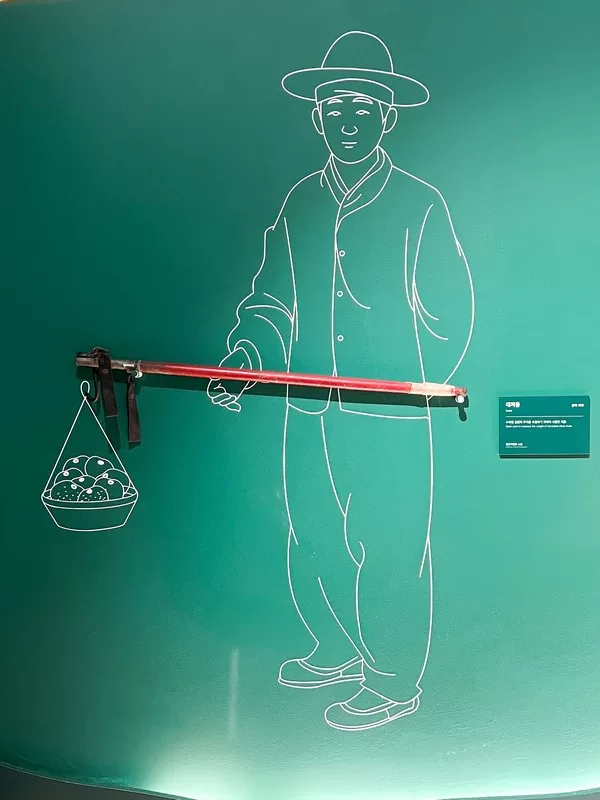
Jeju’s relationship with citrus goes back centuries, with records showing cultivation even before the 4th century. Back then, Jeju, known as Tamna, sent these prized fruits as tribute to King Munju of Baekje. Jeju citrus remained a royal delicacy through the Silla and Goryeo dynasties, even becoming so precious that the Goryeo royal family institutionalized the distribution of citrus.
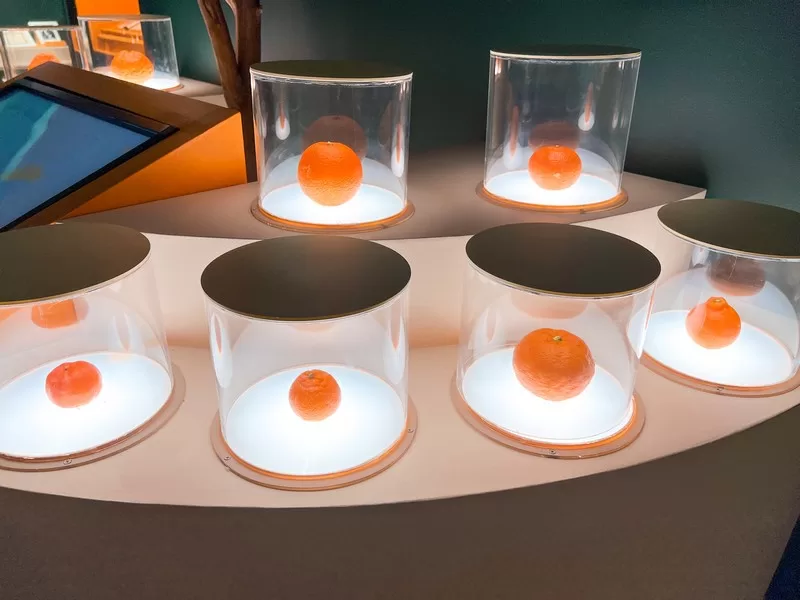
Fun Fact: There are some varieties of citrus on Jeju that you might not be familiar with. Cheonhyehyang is a cross between an orange and a tangerine, while Hallabong is a hybrid of Chunggyun orange and Ponkan. Redhyang is a Hallabong-Seoji hyang cross, and Hwang-geumhyang is a Cheonghyehyang-Hallabong hybrid. Try them all to compare.
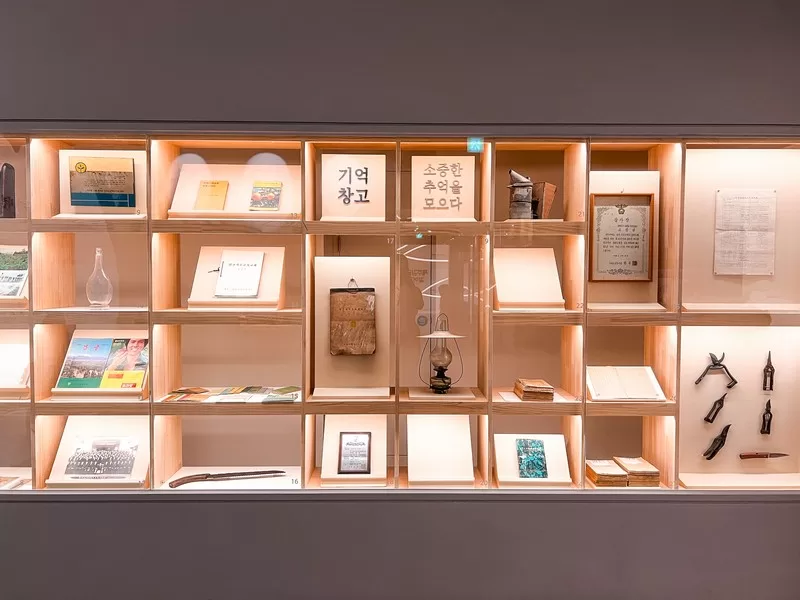
From History To How Citrus Is Utilized Today
After learning about the history of citrus on Jeju Island and maybe a bit of time checking out the numerous and delicious varieties available here, head into the next halls which focus on how citrus is utilized today. There are some recognizable homegrown products as well as some you will want to be on the lookout for after this visit.
After these halls, there are some fun interactive spaces to take pictures and there’s a photo booth with some fun props to try on before jumping in.
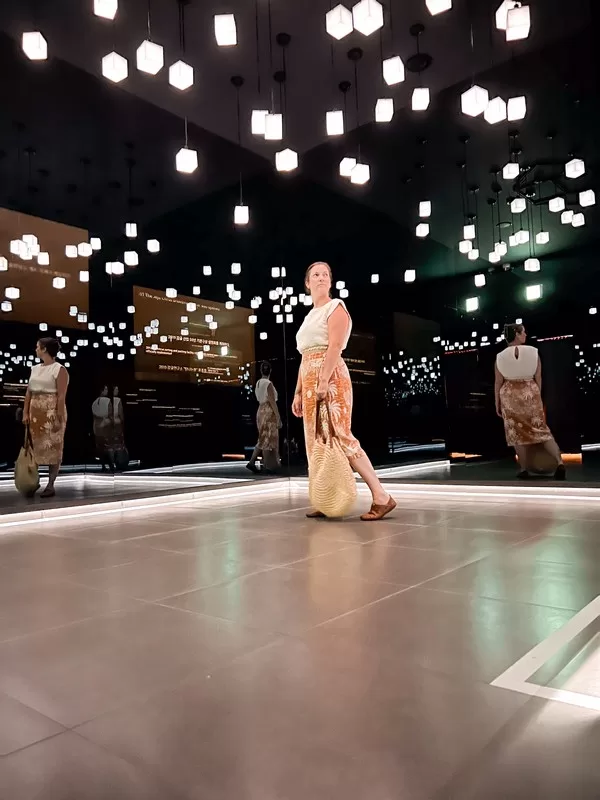
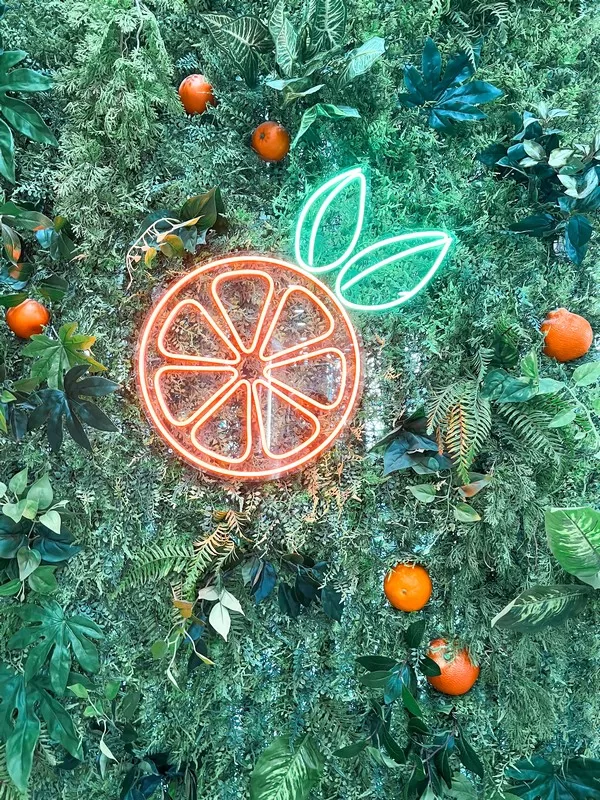
Fun Info We Learned At The Jeju Citrus Museum
Health Facts: Citrus contains vitamins, dietary fiber, potassium, magnesium, iron, and more. These nutrients help improve digestion, control cholesterol levels, and strengthen the immune system with antioxidants. Citrus is also beneficial for preventing viral infections and aiding in diet management.
Hesperidin, found in citrus, helps suppress active oxygen and inflammation, improve high blood pressure and diabetes, enhance vein health in the lower limbs, boost immunity, and contribute to skin beauty. Citrus peels are particularly rich in hesperidin. One way to consume them is by drinking tea made from sun-dried peels. Historically, there were methods of eating citrus along with the peel.
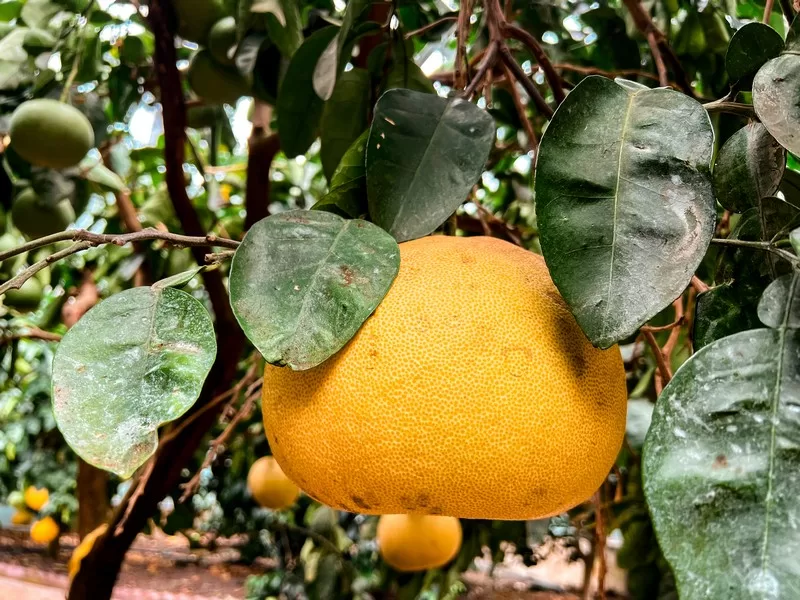
Beauty Facts: The vitamins in citrus are essential for synthesizing collagen, which is vital for skin structure and elasticity. Additionally, the antioxidants in citrus help prevent skin aging.
Storage Tips: Citrus is sweeter when naturally ripened and slightly dehydrated after harvest. Let your citrus ripen at room temperature to reduce moisture instead of refrigerating it immediately after purchase.
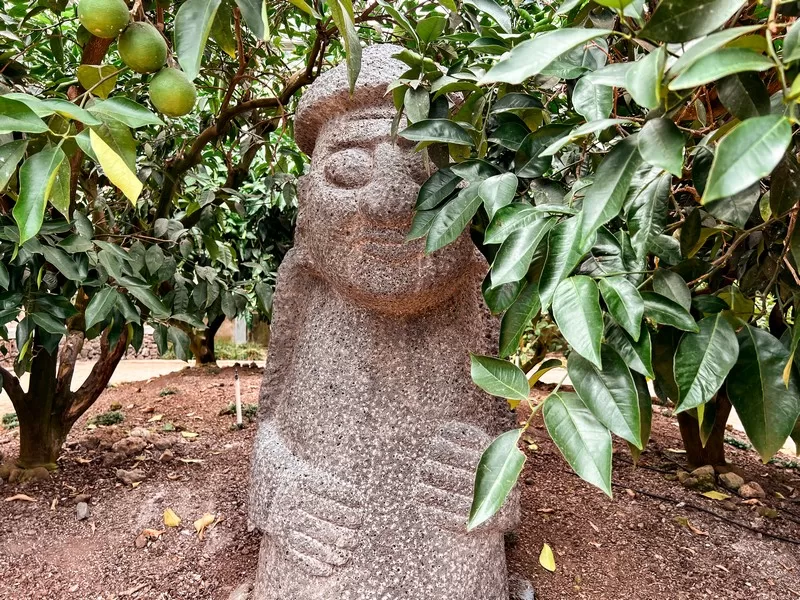
How To Choose Citrus: The most delicious citrus fruits are small, with thin skin that clings tightly to the flesh. The rind should be orange while the stem should be green if it’s fresh.
Harvesting Periods: Cheonhyehyang is harvested from January to April and Hwanggeumhyang from July to December.
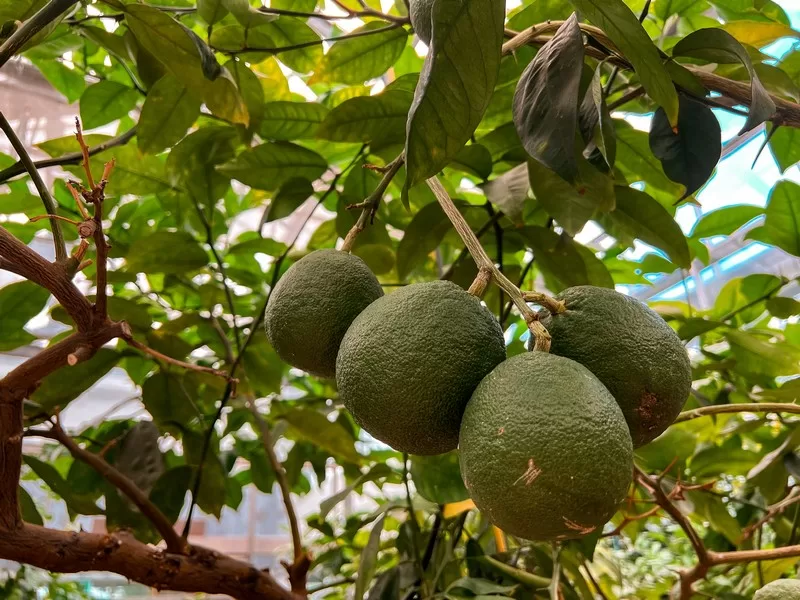
Citrus Peel Uses: Washing dishes or laundry with water infused with citrus peel removes grease. Heating water and citrus peels in a bowl in a microwave for cleaning eliminates microwave odors. Also, thinly slicing and drying clean citrus peels to make citrus peel tea have benefits for improving digestion, relieving cold symptoms, and reducing stress.
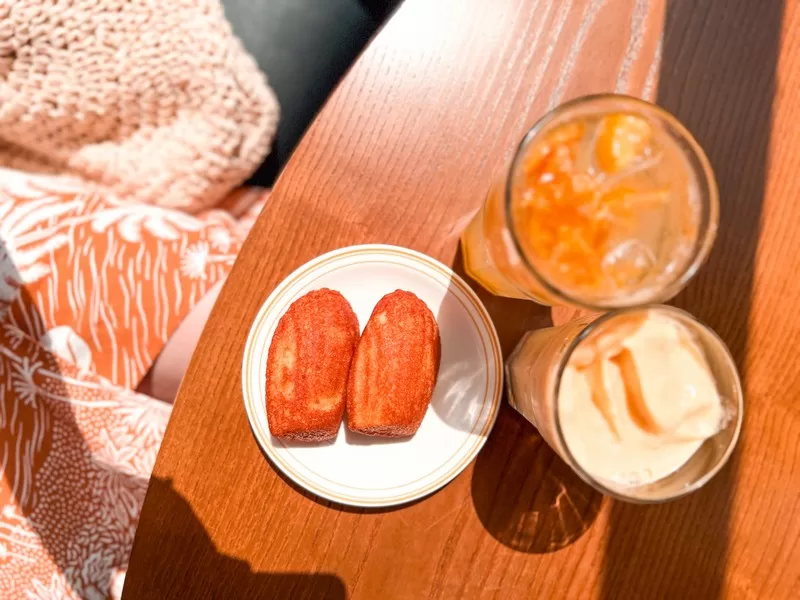
Citrus Specialty Cafe
After walking through the exhibition spaces, head upstairs to the second floor to find a cafe that focuses, of course, on all things citrus. Get your Hallabong ade or Hallabong smoothie along with some citrus madeleines for a snack before heading outside for more citrus-focused fun.
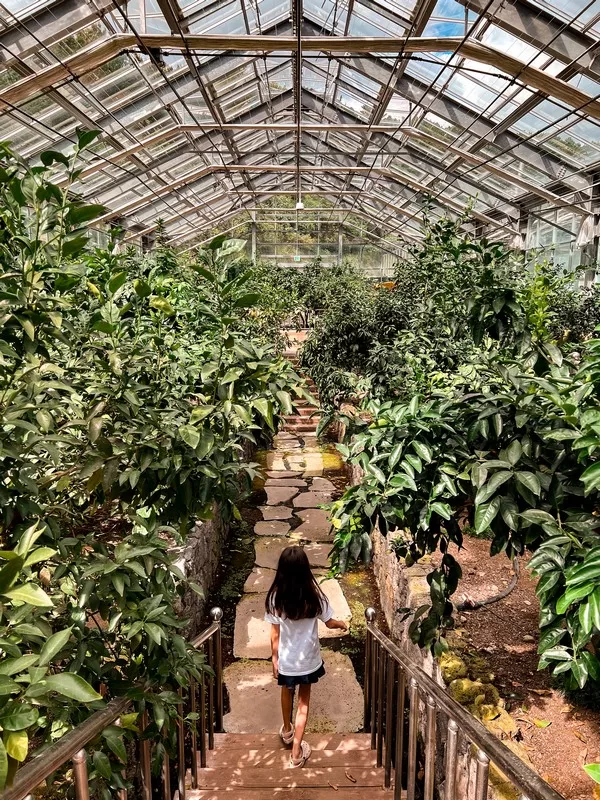
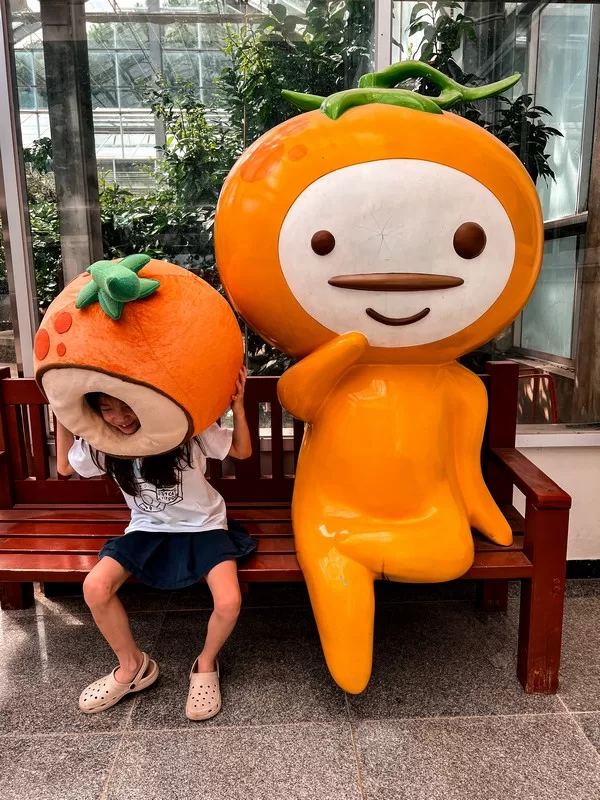
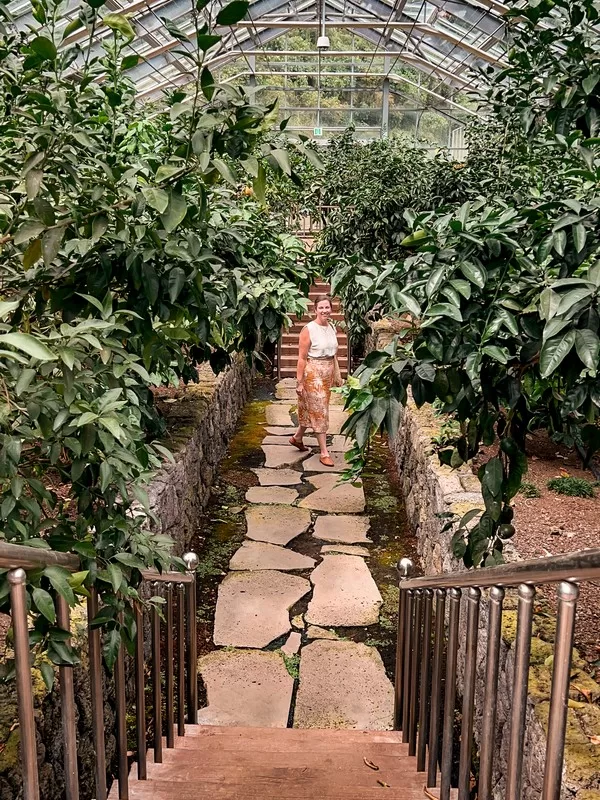
Exhibiting A World Of Citrus
The World Citrus Exhibition Hall which is connected to the museum, but also has a separate entrance outside displays citrus trees from around the world and twelve varieties of Jeju native citrus. It’s always enjoyable walking along aisles of lush green.
It is a humid and hot space so if it’s in the middle of summer, you might want to rush through this space. However, if you’re visiting in the cooler months, spend all of the time here looking at the varieties and spotting the fruits dangling from the limbs.
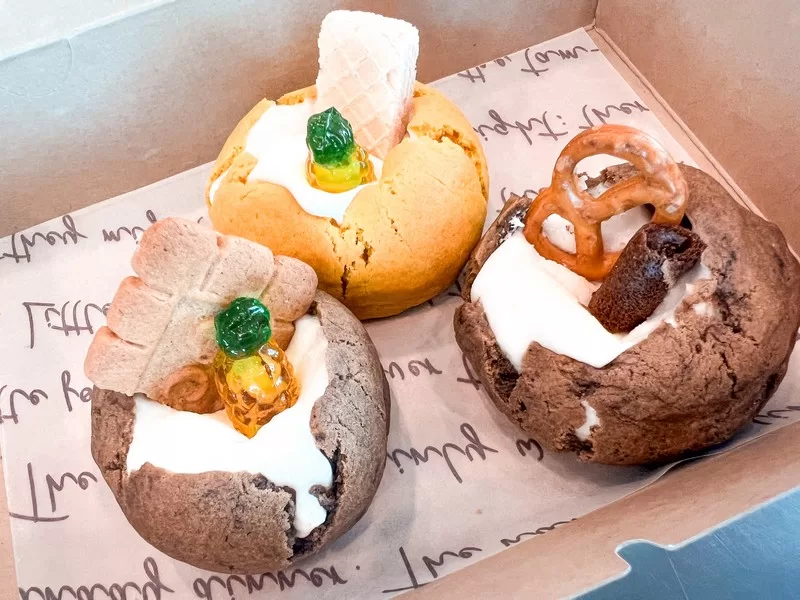
The Tangerine Experience Center
There is also a tangerine experience center that you can stop into to make some of your own tangerine dishes or partake in a footbath among other opportunities. It’s important to note, the experience center seems to be run separately from the museum and world exhibition space even though it is all in the same complex.
In the experience center, there are specific times for various classes so you might want to check there first before going into the museum and the other spaces. The day we went, we were the only ones there so we hopped right in for tangerine smore making. The experience requires a minimum of two people though. While I’d normally just assist my daughter, I ended up needing to be a student as well. All’s well that ends in cookies though.
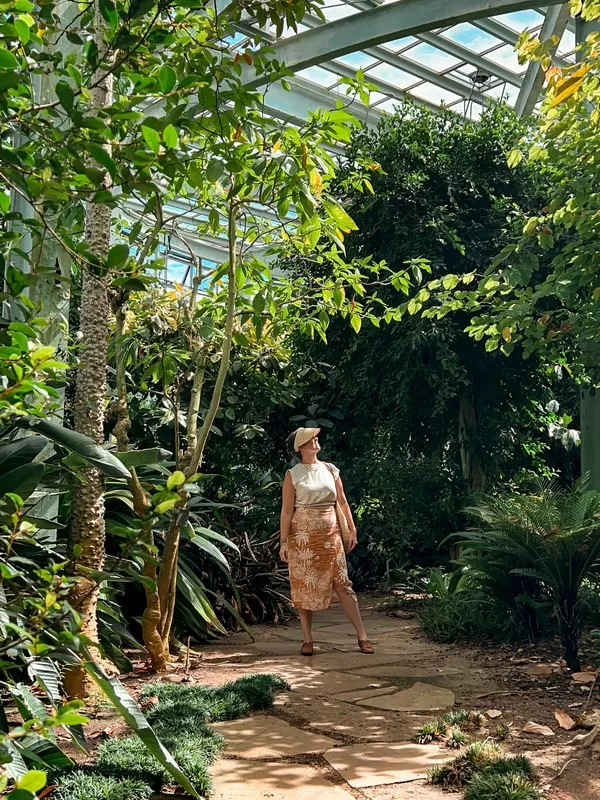
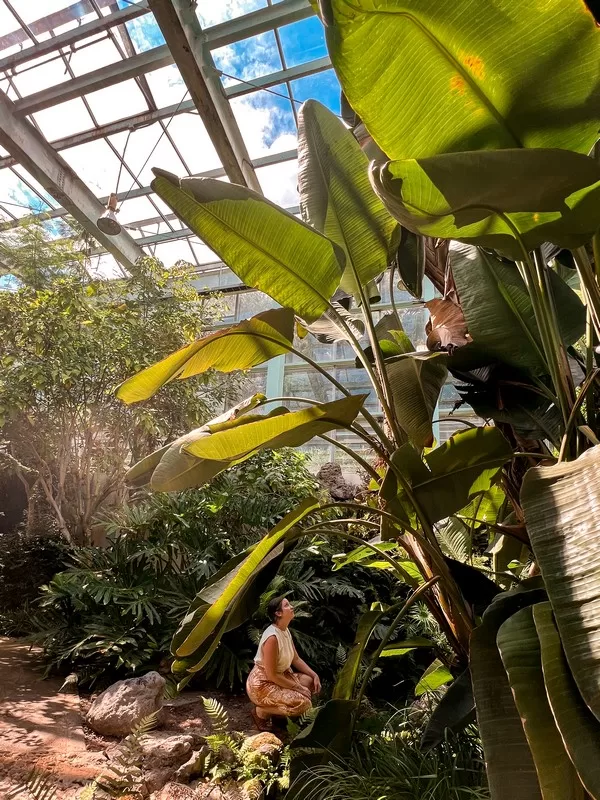
Tropical Botanical Garden
This small arboretum has a circular layout and is aimed at giving visitors a short, but exciting introduction to various plant species. You’ll find less citrus and more palms, bananas, and even cacti here. These kinds of botanical gardens are exciting to walk through as the plants just seem so large and in charge.
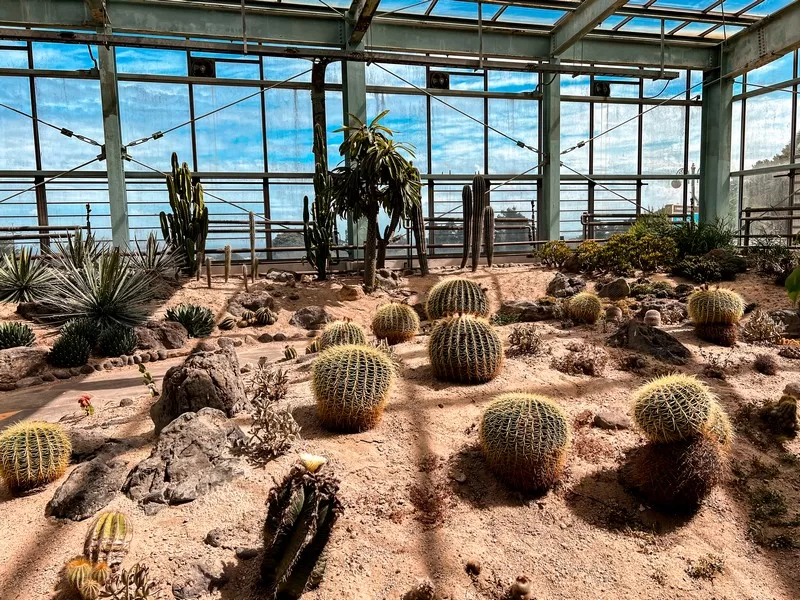
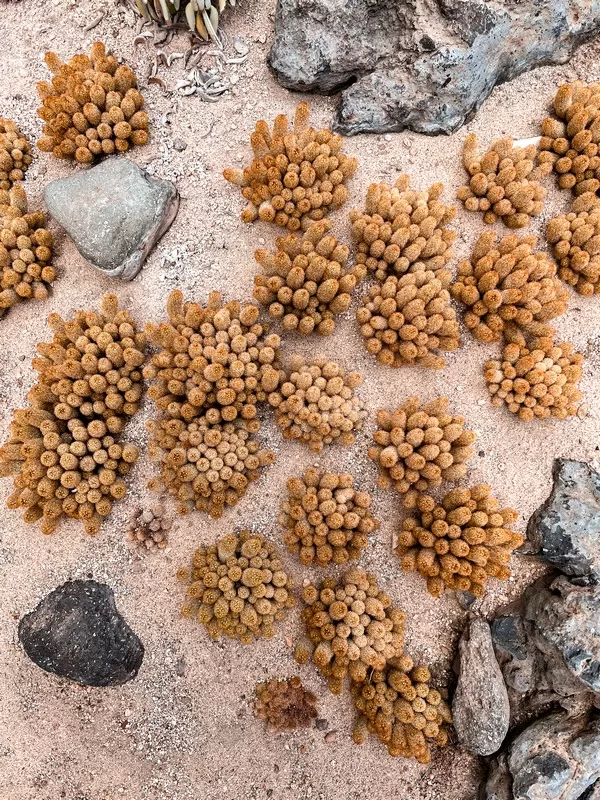
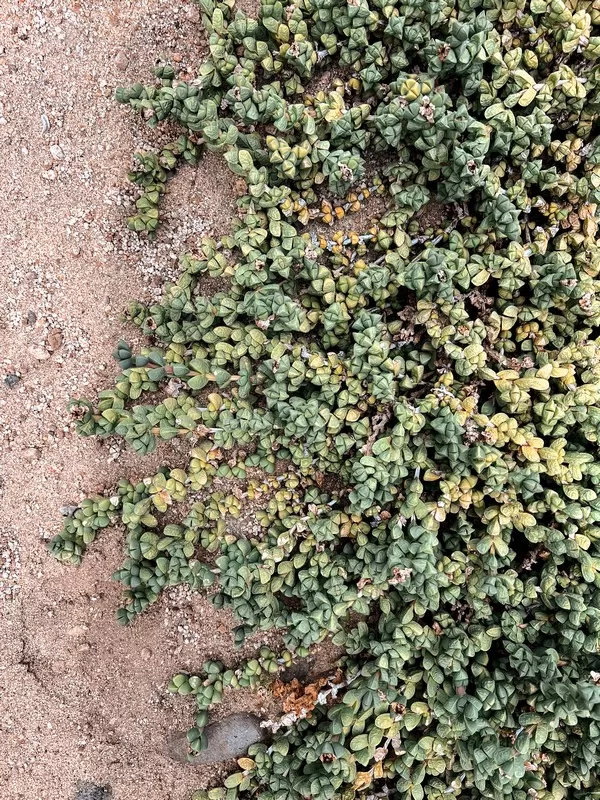
Similar to the World of Citrus mentioned above though, if you’re visiting in the heat of the summer, this space may be too hot and humid to stay in for very long.
We had a great time at the Citrus Museum in Jeju. It helped connect the dots of citrus farming on the island and how historically important the farms are too. It’s the spot to learn all about citrus in Korea.
Did you like this post? Pin IT!
